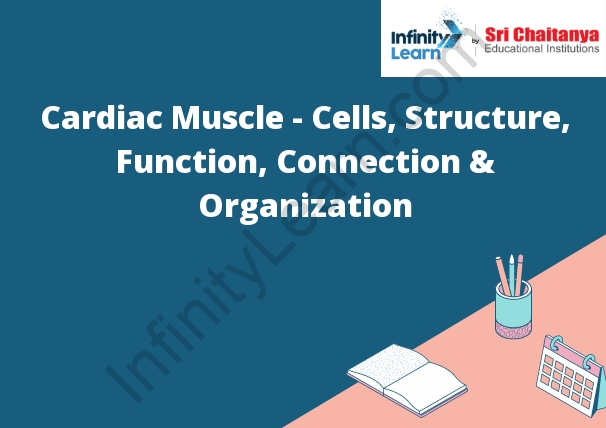Table of Contents
What is a Cardiac Muscle Definition?
A cardiac muscle is a muscle that is found in the heart. It is responsible for the contraction of the heart and the movement of blood throughout the body. The cardiac muscle is striated, meaning that it has bands of protein that run through it. This gives it its characteristic striped appearance. The cardiac muscle is also involuntary, meaning that it is not under our conscious control.

Cardiac Muscle Structure and Cardiac Muscle Function
The heart is a muscular organ that pumps blood throughout the body. The heart has four chambers: two upper chambers (the atria) and two lower chambers (the ventricles). The heart muscle is called cardiac muscle.
Cardiac muscle is composed of cardiac muscle cells, or cardiomyocytes. Cardiomyocytes are long, spindle-shaped cells with a single nucleus. The cells are connected to one another by special junctions called intercalated discs.
Cardiac muscle cells are innervated by the autonomic nervous system. The autonomic nervous system controls the heart rate and the force of contraction.
Cardiac muscle cells are powered by special cells called pacemaker cells. Pacemaker cells create an electrical current that causes the cardiac muscle cells to contract.
The cardiac muscle cells are surrounded by a layer of connective tissue called the endocardium. The endocardium contains blood vessels that supply the cardiac muscle cells with nutrients and oxygen.
The cardiac muscle cells are surrounded by a layer of connective tissue called the pericardium. The pericardium protects the heart and anchors the heart in the chest.
About the Cardiac Muscle
The cardiac muscle is a type of muscle found in the heart. It is composed of cardiac muscle cells, which are striated and have the ability to contract rhythmically. The cardiac muscle cells are interconnected by special junctions, called intercalated discs, which allow the cells to transmit electrical impulses. This allows the cardiac muscle to contract as a unit, producing a regular heartbeat.
Connection and Organization
Cardiac muscle is a type of muscle found in the heart. It is composed of cardiac muscle cells, which are striated, meaning they have visible stripes. These cells are arranged in a branching pattern that allows the heart to contract and pump blood throughout the body. Cardiac muscle cells are innervated by the autonomic nervous system, which means they can contract independently of the brain’s control.
Cardiac muscle cells are connected to one another by special junctions called intercalated discs. These discs allow the cells to communicate with one another and contract as a unit. The discs also help to ensure that the heart’s cells stay in sync with one another, which is important for maintaining a regular heartbeat.
Cardiac muscle is unique in that it can contract both rhythmically and forcefully. This allows the heart to pump blood both quickly and efficiently. Cardiac muscle cells can also regenerate if they are damaged, which is why heart disease can often be treated with surgery.
Cardiac Muscle Cells
Cardiac muscle cells are striated muscle cells that make up the heart muscle. They are innervated by the autonomic nervous system, which controls their contraction. Cardiac muscle cells are unique in that they can contract both spontaneously and in response to electrical stimulation from the autonomic nervous system.
Intercalated Discs
Intercalated discs are thin, disc-shaped pieces of connective tissue that separate the individual muscle cells in a muscle group. They are composed of two layers of cells: an outer layer of muscle cells and an inner layer of cells called intercalated discs. These discs allow the individual muscle cells to contract as a unit, and they also help to transmit electrical signals from the brain to the muscles.






